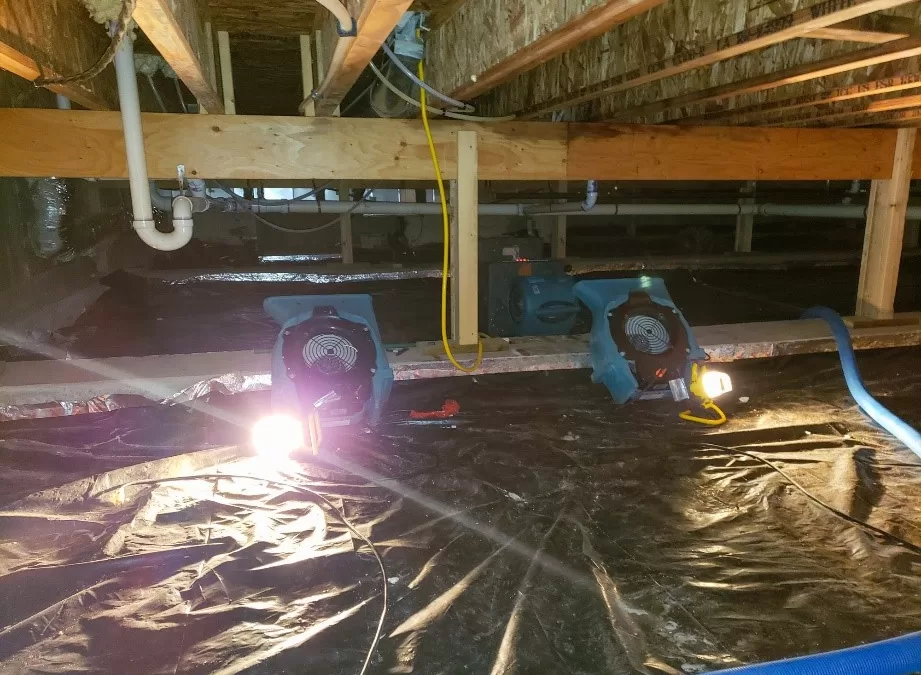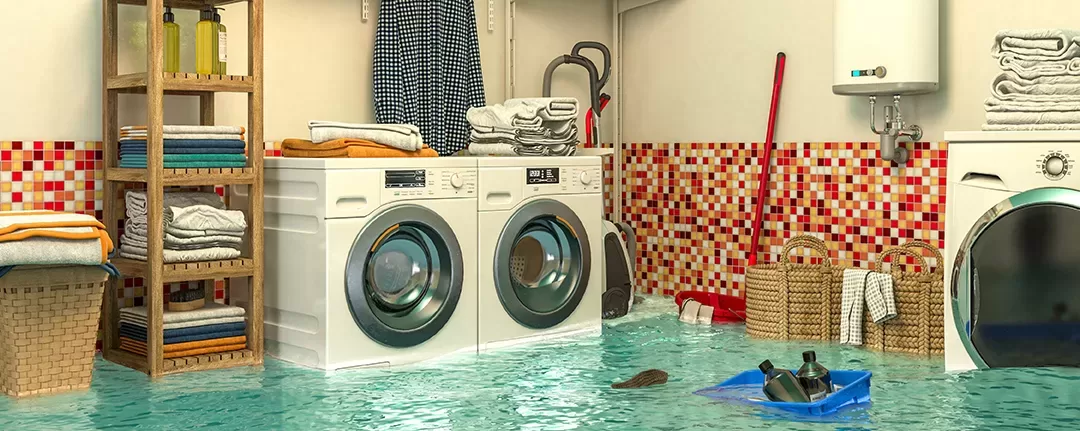
Buying Equipment from Non-National Vendors

by Beth Hinton
There are hundreds of restoration supply houses that sell disaster equipment, and yes, they are priced all over the board! The theory is that when you are big, you can demand a better price from your wholesale or manufacturing suppliers – and they do often get better pricing.
The problem really escalates because their national or regional presence forces their overhead up and up and up. (large wholesale businesses often have thousands of square feet in an expensive location that adds major overhead to their costs). This means the air mover that the supply house bought at a low price – now costs more than those mom-and-pop stores – a lot more!
One of the ways that national supply houses have tried to mask their high price is by offering training, education, and other classes to ‘hide’ the higher prices. When they allegedly offer training or classes to appear more valuable, they don’t mention that when 25 people attend a class at their facility, they often go to the counter and buy something – since they’re already at the store.
Think about this: I just called a small ‘mom-and-pop’ shop and asked about air mover prices. Here’s what I was told – The Phoenix Centrifugal price at a national supply house is listed at $260. Yet it can be purchased at a small mom-and-pop supply house for less than $200. Many of them also specialize in used – reconditioned equipment – air movers as low as $105.
Worse are the pushy salespeople at the large chain facilities. They will try to meet quotas and sales goals so forcefully that you feel like you’ve been hit by a truck – and the bill comes later!
The big box stores are also now in the act – selling air movers and providing no warranty or expertise when you need help.
Personalized service is quite common with smaller supply houses. They don’t have quotas and aren’t pushy. They understand their overhead is so much lower – so they can afford to offer lower prices. They need and want every client and bend over backward to make sure you are treated well.



